"It had a tortoise as a logo, a 5.4 Litre Chevy V8 and one of the greatest automotive pensmen of the 20th century as a designer. Still, you probably won't have spotted many Gordon Keeble cars on the streets. Only 99 of "
Gordon Keeble
When Gordon met Keeble
In 1958 ex-soldier and sometime Italian resident John Gordon was the managing director of Peerless cars, who were based in Slough.
Peerless made four-seater sports saloons, using a tubular frame, supporting a fiberglass body, with a de Dion rear suspension and a Triumph TR3 engine. The car was produced in very small numbers but a factory entrance into the 1958 Le Mans 24-hour race produced a creditable 16th place finish. However, by 1960 Peerless had run into financial trouble and John Gordon was about to make his mark with another car, that would carry his name.
Around the same time as Peerless was struggling, a US Airforce pilot called Rick Neilson, stationed at RAF Bentwaters, contacted his friend Jim Keeble – a maker of specials and owner of a garage in Ipswich – regarding Keeble making him a lightweight hybrid for racing, using a Peerless chassis and a Corvette engine. Keeble did just that and both pilot and coachbuilder were delighted with the outcome and saw possibilities beyond a one-off racer; the car had enormous potential and could be developed and sold commercially.
Keeble then approached Gordon who, at the time, saw no possibility of producing anything out of the Peerless factory in Slough, due to the company’s financial difficulties. Nonetheless Gordon agreed with Neilson and Keeble that they were on to a good thing and founded The Gordon Automobile Company, in 1959, to be run by him and Jim Keeble.
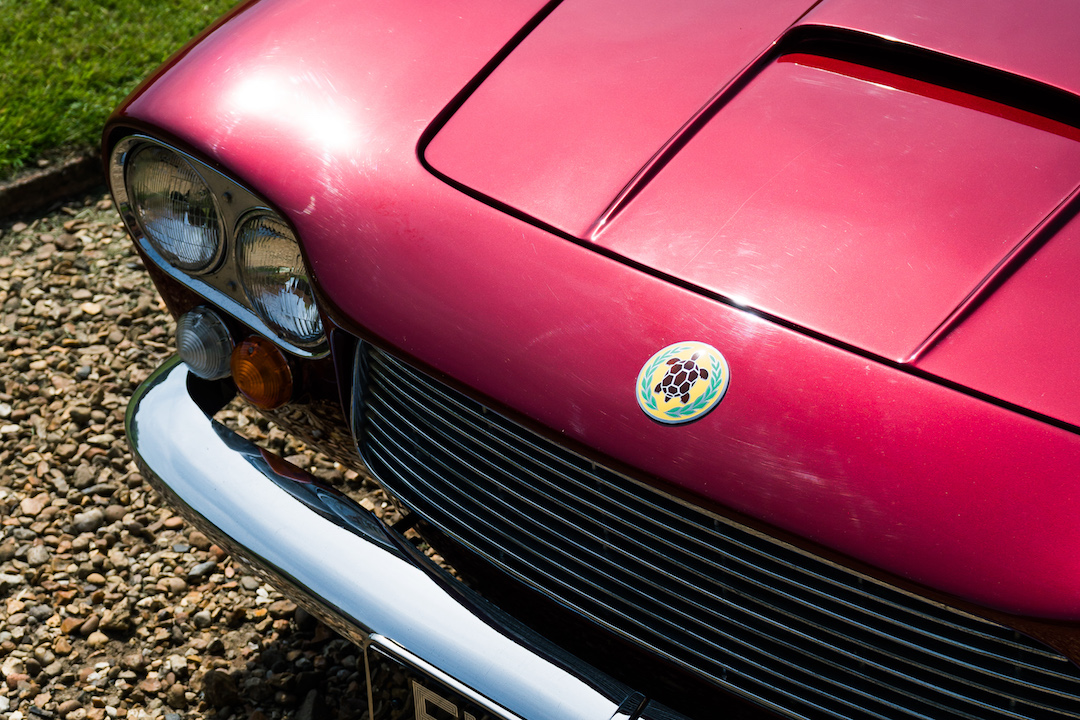
The plan was to create a beautiful four-seat Grand Tourer, that would use readily available parts and would reach 140mph.
Gordon commissioned a 21 year-old Giugiaro, based at the Bertone styling house in Turin, to design the body, which, though it would ultimately be made of fiberglass, was initially made in steel, for the prototype. It was only Giugiaro’s second ever car design, his first being the Alfa 2600 Sprint.
An enormously strong, one inch cubed, tubular spaceframe was designed (adapted and improved from the Peerless) and held the Chevrolet V8 engine and four-speed manual gearbox combination, which could be bought relatively cheaply from America, having already been specifically developed for Chevrolet’s main sports car, the Corvette.
The prototype ‘Gordon-Keeble GT’ – which had gone from inception to completed in just four months – was displayed at the Geneva motor show of 1960 and was extremely well received. Unusually, the prototype was made available for road testing and Autocar ensured that the Gordon-Keeble GT story would continue to be followed by reporting that the car was “the most electrifying vehicle we have ever tested.”
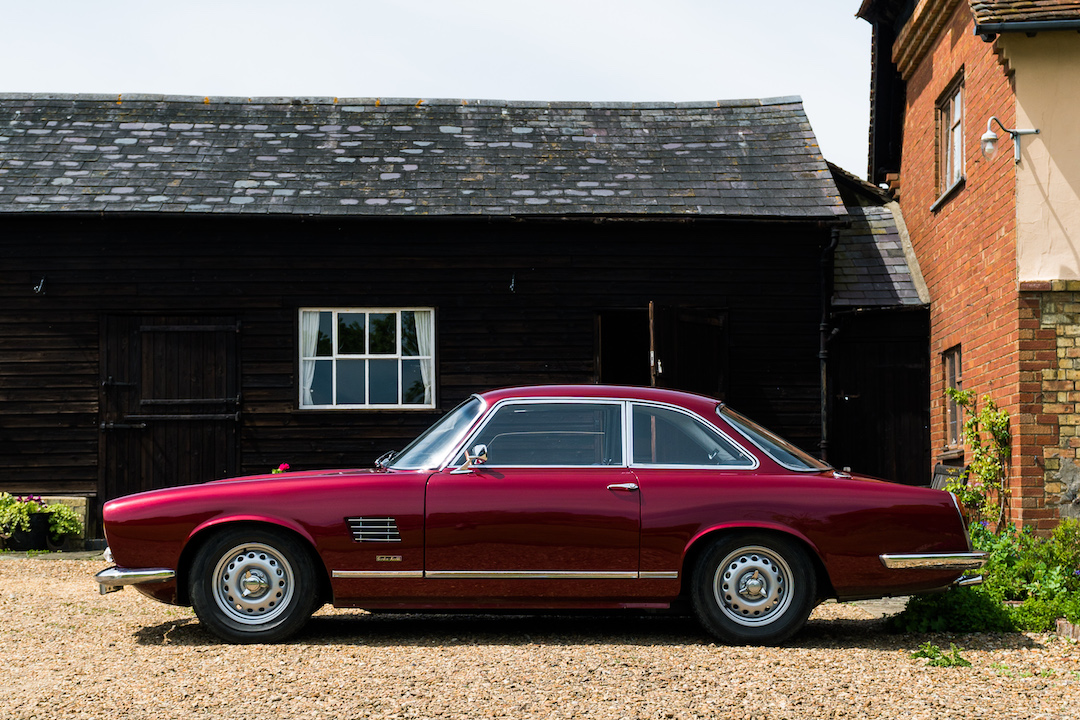
The two, small, British car makers had a hit on their hands, with the perfect recipe; joining Italian styling to a capable British chassis, with reliable US power. The 300bhp on tap was not to be sniffed at, neither was the 360flb of torque that was available almost throughout the entire rev range, the car being able to rumble from 20mph to 140mph, in top gear, without complaint. Disc brakes were used all round and independent suspension and the de Dion rear axle meant the car had the agility to match its – for its day – epic speed.
Despite this massively promising start the first production car did not arrive until 1964. By this stage Gordon and Keeble were backed by a rich investor, George Wansbrough, who had a background in car production and could move the car from concept to production. The main change to the prototype was the Chevvy lump, which remained a V8 but changed from the 4639cc to a 5355cc.
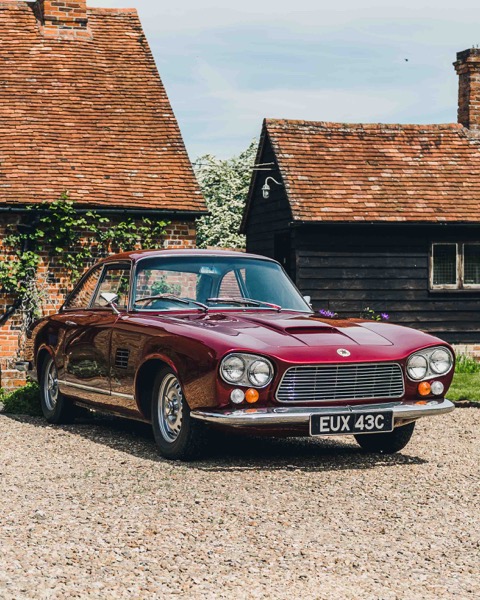
As the car hit the market it cost £2798, which was a staggering £1400 cheaper than the Aston Martin competition and half the price of the cheapest Ferrari available. It should have been a huge hit and it was, with buyers, but sadly it was just too keenly priced to make money at the speed the cars were being produced. Despite two price hikes over the next two years the car was still not a financially viable money-maker and, to add to that, the robust supply of parts was not as forthcoming as expected with, in particular, the firm having trouble sourcing steering boxes from fellow UK company Adwest.
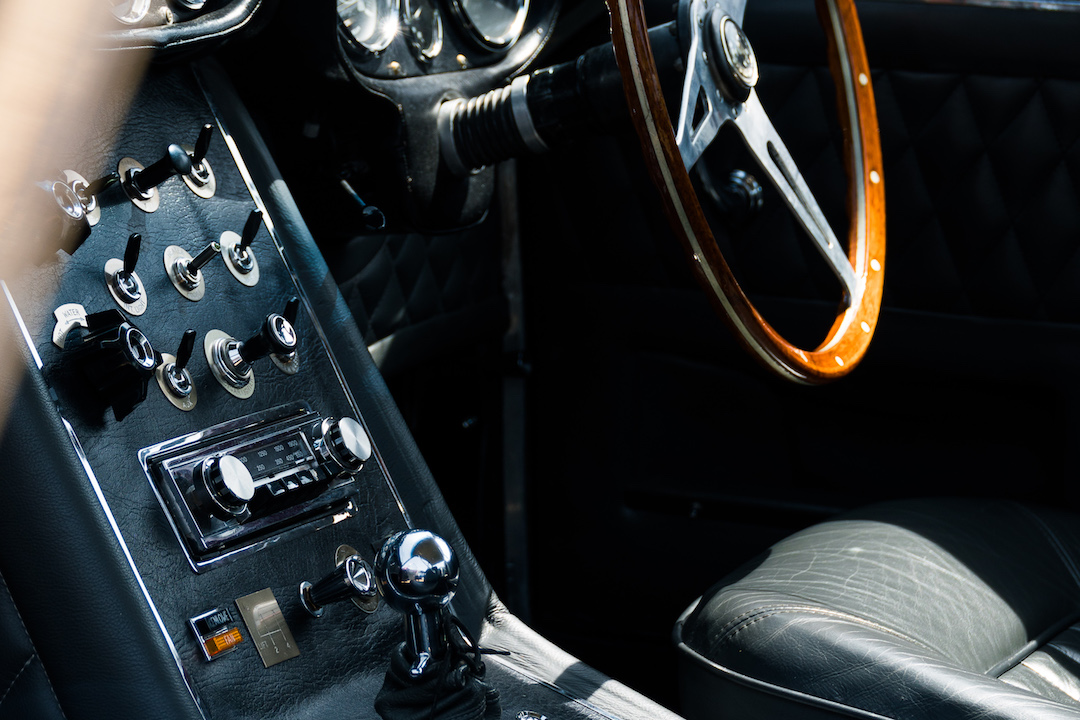
By 1965 only around 80 cars had been made and the company were in trouble. Jim Keeble left and the company went into liquidation. Harold Smith, who had been a sales-agent for the cars, liked them immensely and had seen there was the demand, bought the rights to manufacture the car and started a new company Keeble Cars, building out of a new factory in Southampton. Sadly, this new company also was not destined to survive; once again money troubles being the cause of the firm’s eventual collapse in 1966, with now 99 Gordon-Keebles having been built. There is some suggestion this number became 100 the following year, when a final car was built from the leftover parts.
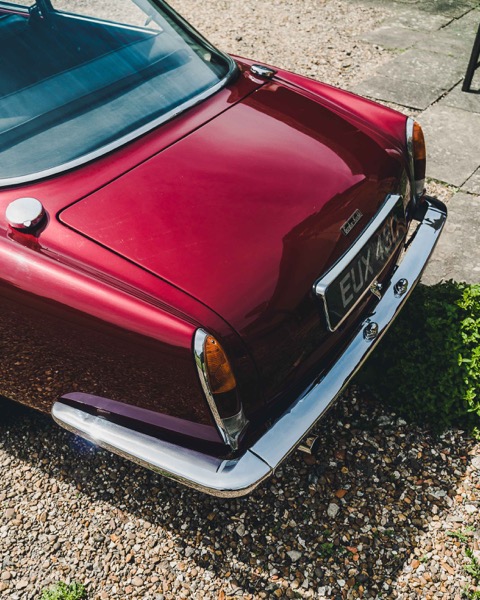
The car was – and still is – a fantastic drive; the V8 rumble matched by serious acceleration (0-60 is only a shade over 6 seconds) and a nice, weighted gearchange; with the lever mounted towards the left-hand side of the transmission tunnel, having originally been fitted to the left-hand-drive Corvette. It is undeniably lovely to look at, an early hint at the stellar career Giugiaro would go on to have, designing for Aston Martin, Lotus, Ferrari, Lamborghini, Maserati and others. Despite being made in the mid 1960s it also has luxury, with electric windows all round; and despite being a performance car it can comfortably carry four adult passengers and plenty of luggage.
It is a car that could – and perhaps should – have been made in larger numbers. Its rarity increases its cache and prices are steadily on the rise, but to buy one is to own a piece of history; an early pioneer – both of the GT category and of the wonderful hybrid marriage of Italian design, British chassis and American muscle.
A truly rapid sports tourer wearing a tortoise as a badge; apparently because one wandered into shot at a photoshoot the company were doing prior to launch. A slightly unusual and unexpected emblem, given the car’s performance but, at least for a brief period in the mid-1960s, this little British tortoise didn’t just beat the hare, it beat everything it went up against.
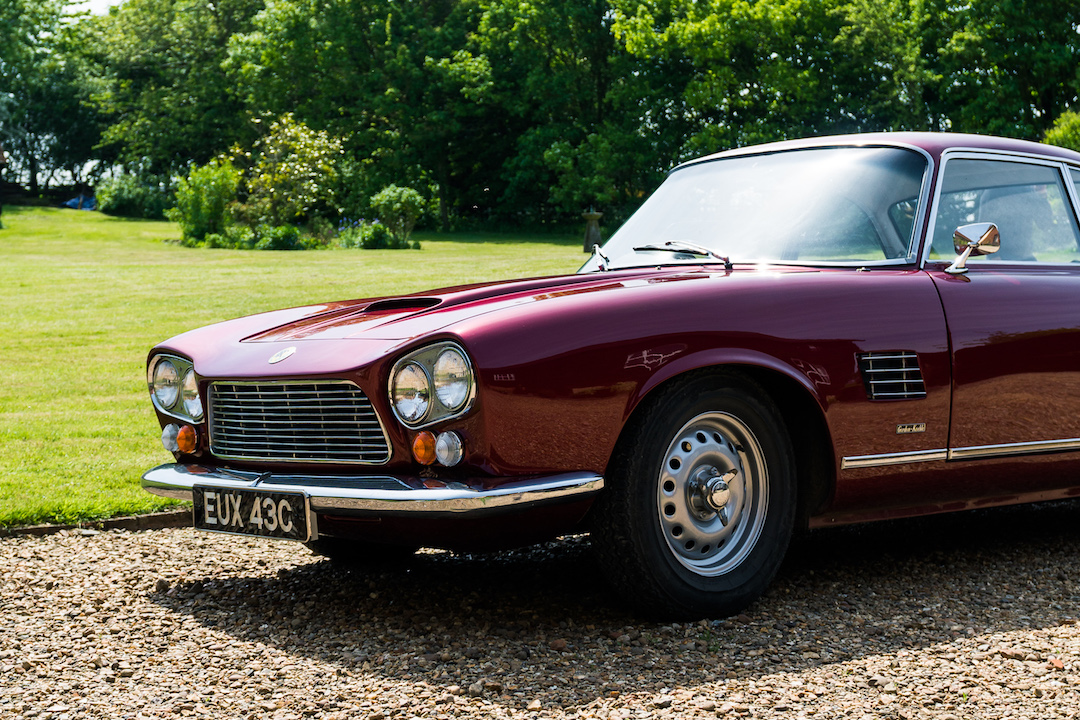
Pics: Dan Barnett
CLICK TO ENLARGE










